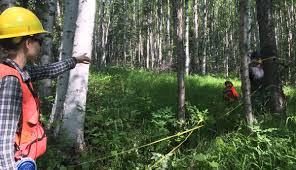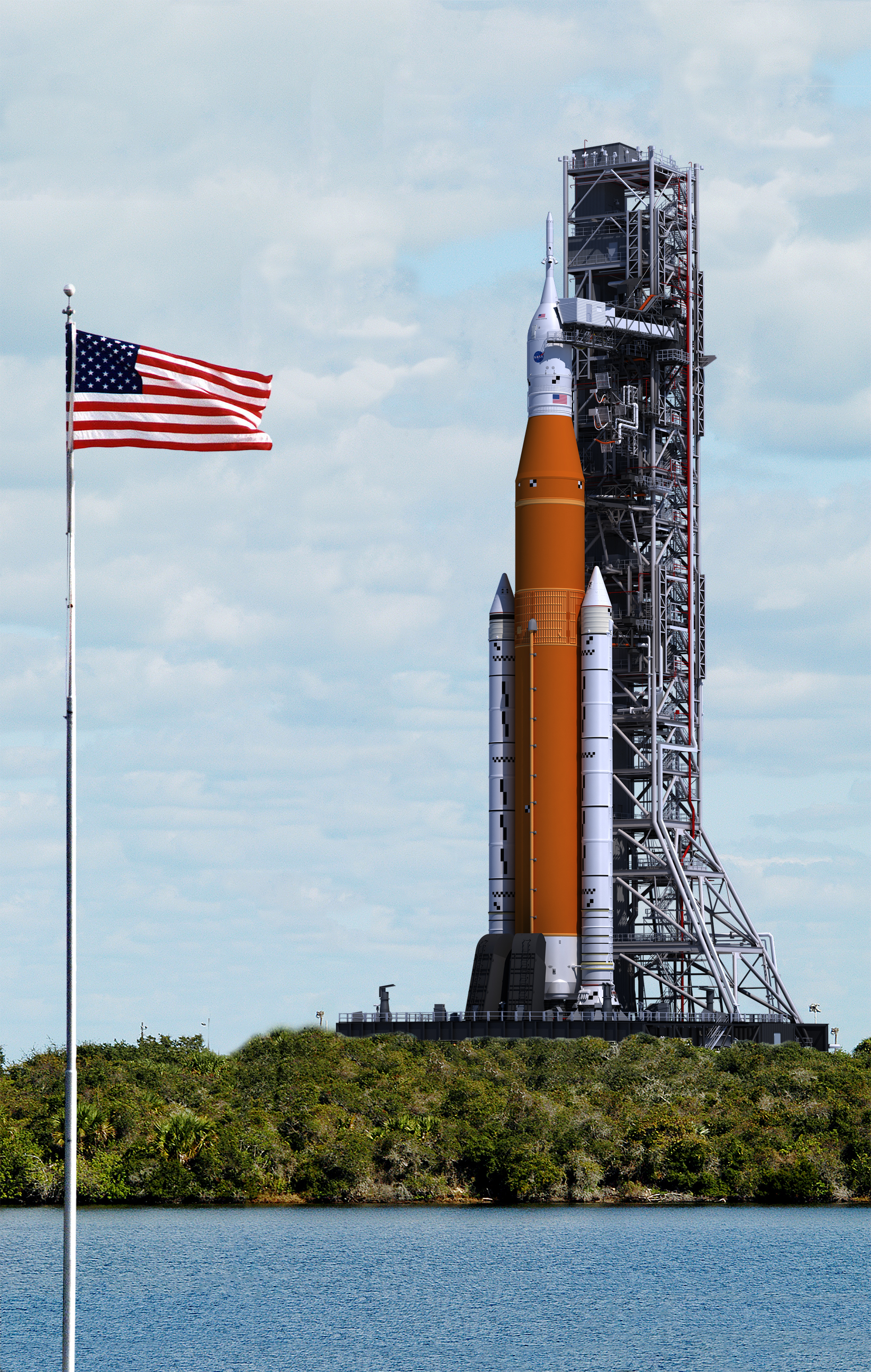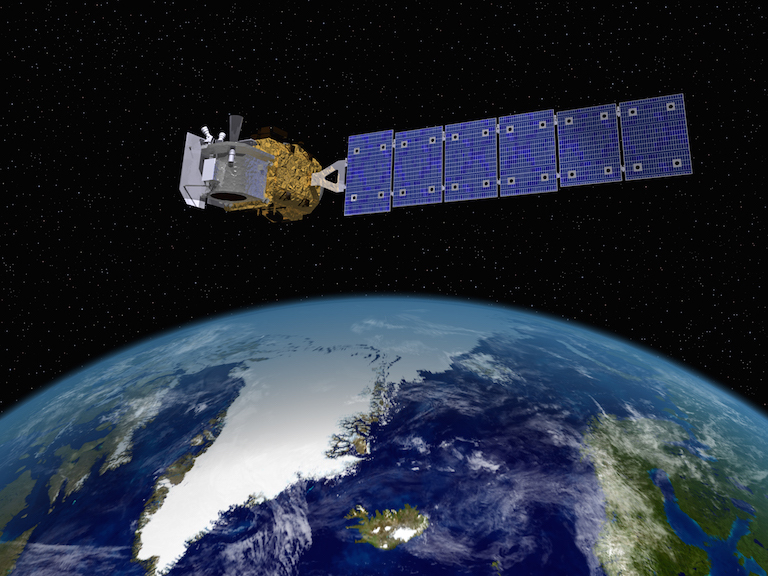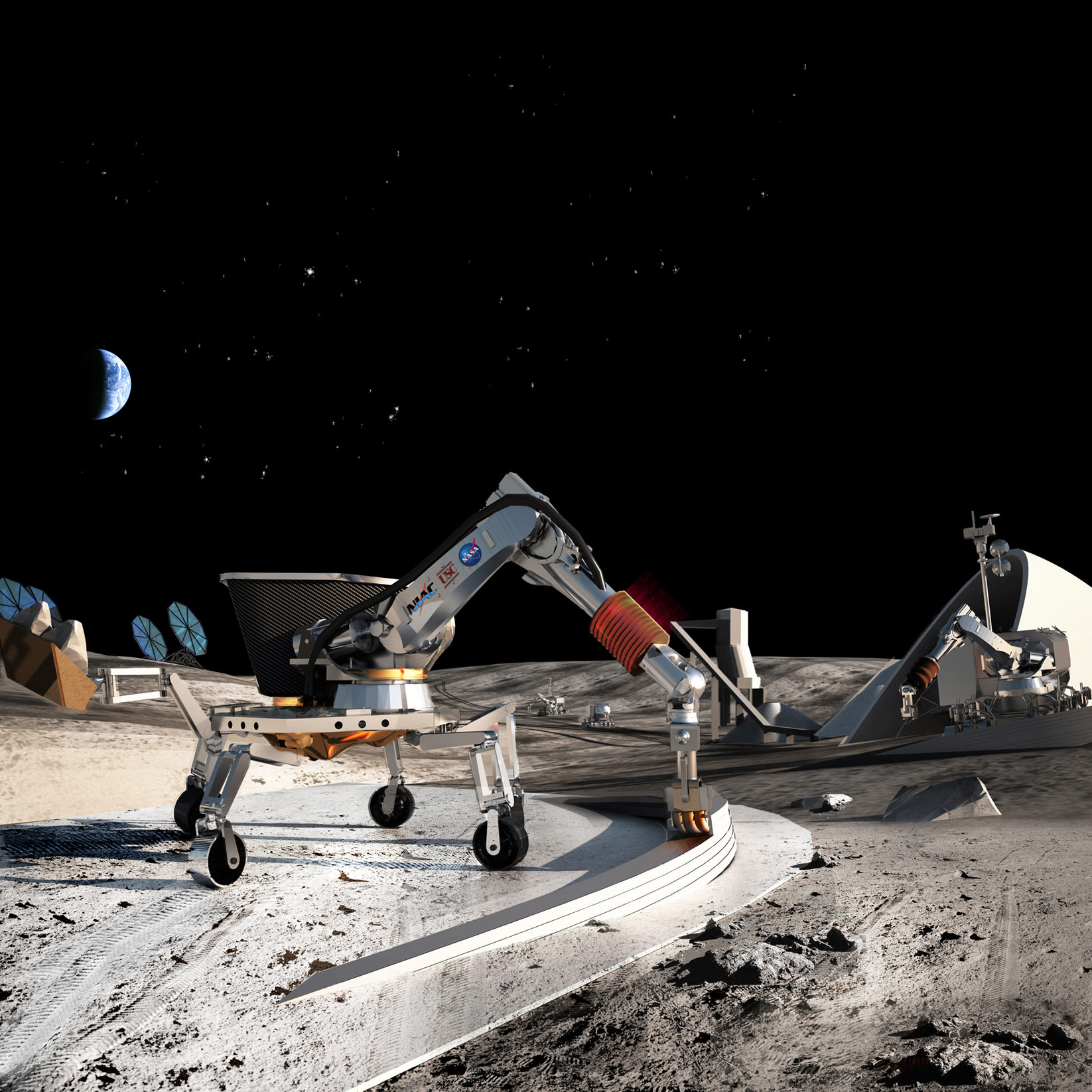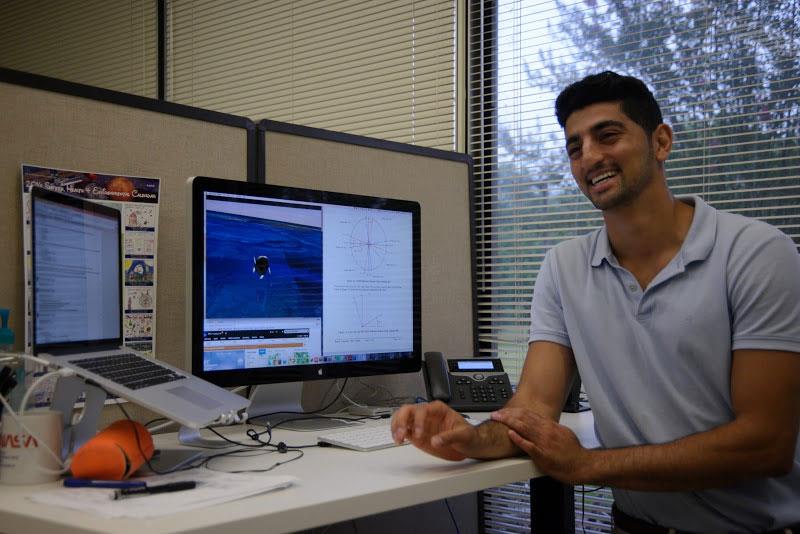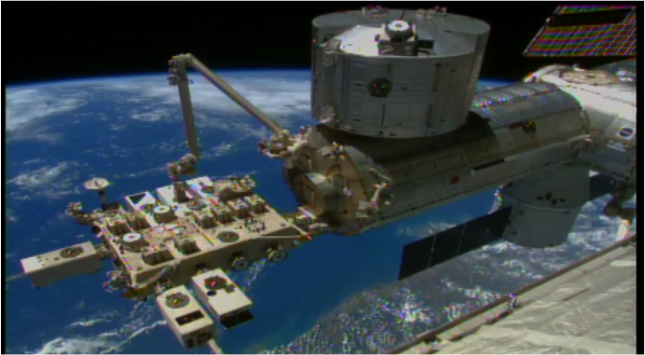Botanists research plant characteristics like their physiological processes, their evolutionary history, resistance to disease, relationships to other parts of the Biosphere or sphere within the Earth System.
Civil engineers design, develop, and construct community projects that serve the general public such as roads, bridges, damns, tunnels, water supply systems, etc. The designs include but are not limited to many fields such as hydraulics, thermodynamics, or nuclear physics.
A Data Support Specialist works with the user community to understand their science needs with the goal of providing support for NASA data and information services. They represent the user in product development and development resources to assist with the user community's needs.
Soil scientists study the physical and chemical properties of soil. A soil scientist reviews the distribution, origin, and history of soil and plants, as well as identifying, interpreting, mapping and/or managing soils. This field is commonly applied for agricultural purposes.
A geotechnical engineer is a type of civil engineer who focuses on the mechanics of the land, rocks, and soils in the building process.
Mathematical modelers use mathematics to create models that demonstrate complex processes or solve problems. Many mathematical modelers use their skills to create and animate 3D representations of their processes with the assistance of software technology.
A model analyst develops models to help visualize, observe, and predict complicated data. Model analysis is the process of taking large amounts of data and separate it into a structure that makes it intelligible to the binary process of computers.
Soil Conservation Technicians collect and manage survey data for conservation, develop a plan to implement conservation actions, and supervise fieldwork. Their work starts with developing physical resource plans and documents on the history of the land.
LIDAR Remote Sensing Technologists uses remote sensing strategies to analyze data to solve problems in areas across the globe. They use LIDAR - Light Detection and Ranging - as a method of remote sensing to examine the surface of the Earth.
At the core of scientific visualization is the representation of data graphically - through images, animations, and videos - to improve understanding and develop insight.







.png)
.png)
.png)
.png)
.png)
